Things I Love About Baby Face (1933)
 Baby Face (1933) is one of the first pre-Code movies that I saw after I learned what pre-Code was. And it turned out to be a perfect example of these wonderful, fascinating, oh-so-scandalous films. Starring Barbara Stanwyck (who, I believe, comes just after Bette Davis and Joan Crawford in my list of best-loved actresses) and George Brent (who never really thrilled me, but was a good choice for this feature), Baby Face tells the story of a woman who uses her wits and her wiles to literally rise to the top and leave her sordid past behind. Here are some of the reasons why I’ve seen this film countless times, and why I love it so.
Baby Face (1933) is one of the first pre-Code movies that I saw after I learned what pre-Code was. And it turned out to be a perfect example of these wonderful, fascinating, oh-so-scandalous films. Starring Barbara Stanwyck (who, I believe, comes just after Bette Davis and Joan Crawford in my list of best-loved actresses) and George Brent (who never really thrilled me, but was a good choice for this feature), Baby Face tells the story of a woman who uses her wits and her wiles to literally rise to the top and leave her sordid past behind. Here are some of the reasons why I’ve seen this film countless times, and why I love it so.
When the film begins, we see that it’s presented by “Warner Bros. and Vitaphone Pictures” (always a good sign, I’ve found) and we are treated to a jaunty version of the popular 1920s tune that shares the film’s title. The novice viewer might imagine that they’re about to take in a fun bit of fluff – perhaps the story of a talented bandleader, his high-spirited gal singer, and their non-stop escapades on the road. But then the music abruptly changes to the sultry sounds of “St. Louis Woman” and we see, not a perky doll with playful eyes, but the hard, unsympathetic face of Barbara Stanwyck as “Lily.” In fact, every face that’s shown in the opening credits displays a hard-bitten visage that hints at what is to come.
The first of many great scenes in Baby Face shows Lily and Ed Sipple (Arthur Hohl), a “big politician” her father (Robert Barrat) tries to pimp her out to. The best part is when the oily, cigar smoking gent tries to cop a feel on her leg. Lily calmly picks up her cup of coffee and pours it on his hand. “Oh, excuse me,” she says sarcastically. “My hand shakes so when I’m around you.”
I was delighted to discover, when I purchased the TCM “Forbidden Hollywood” DVD set, that there was another version of Baby Face, a “prerelease” that I’d never seen and that was even racier than the one I’d already grown to love. One of the scenes that differed between the two versions was the one featuring Ed Sipple. In both, Lily stalks into her bedroom after treating the guy to his “coffee bath,” and he follows her inside. When he tries to kiss her, Lily fights him off and slaps his face. In the “tamer” version shown in theaters, the next thing we see is Sipple emerging from the house, holding a cloth to a bleeding wound on his head. But in the original, Lily leaves the bedroom after slapping Sipple and pours herself a beer, with the politician trailing after her. He grabs her from behind, roughly – but clearly – groping one breast before Lily conks him over the head with her beer bottle and then, as if she’d done nothing more strenuous than swat a bothersome gnat, takes a hefty swig from her glass.
One of the things I love most about Baby Face is the relationship between Lily and Chico (played by the talented Theresa Harris), Lily’s closest friend and companion throughout the film. When we first see them together, Lily’s loathsome father is firing Chico for breaking a tray of glasses. Lily steps in to put a halt to her father’s verbal abuse, and then informs him in no uncertain terms, “If Chico goes, I go.” The two women are protective and solicitous of each other, and it is obvious that they have been together for years. When Lily leaves town for New York, Chico is right by her side, and she makes the climb right along with her – by the end of the film, Chico has amassed nearly as many furs as her friend. The fact that Chico is black makes the relationship even more interesting – even though Chico was in Lily’s employ, she nonetheless served as her confidante, cohort, and comrade.
Another scene that wasn’t seen in the “theatrical version” takes place after Lily and Chico climb aboard a freight train that will take them far away from their home town of Pittsburgh. In the scene from the theatrical version, Lily and Chico settle into one of the train cars and Lily comments, “Next station is New York.” When we see them next, they are taking in the sights of the Big Apple. In the “prerelease version,” Lily and Chico are discovered by a railroad worker before the train even pulls off, and he threatens to haul them off the jail. But Lily blocks his path, telling him, “Oh, wait a minute – you wouldn’t throw us off the train, would you? Now why don’t we sit down and talk this thing over.” Lily need say nothing more for the fella to get her meaning. Next thing you know, he’s relinquishing his grip on Chico’s arm and we see two things – his gloves hitting the hay-strewn floor of the train car, and his bare hand dousing the lantern light. (Whoa!)
Barbara Stanwyck’s wardrobe throughout the film is a joy – every outfit is an absolute knockout. If I could have just one of her dresses (and maybe a fur cape thrown in for good measure), I’d be a happy camper.
Among the best-known features of Baby Face is the way the camera pans up the outside of the building where Lily finds work – every time she makes a conquest, the camera climbs higher and higher. The first time I saw it, I could scarcely believe my eyes – could they really be saying what I thought they were saying? (Yup.) Without a single word, the film makes it unquestionably clear exactly what Lily is doing, and the benefits she reaps from it.
I simply adore the way almost every man in the film (including, in a small role, a young John Wayne) is a complete sucker for Lily’s feminine charms. She doesn’t have to do anything more than apply her lipstick or suggest that they continue their conversation in the next room (“I hate crowds,” she tells one guy), and they are falling all over themselves, risking jobs, relationships – even their very lives – just to have her. And she always seems to know just what to do and say to get what she wants. With a southern office boy, she plays the small-town coquette, and with an engaged department head, she’s all business on the outside, and steamy, irresistible sexuality on the inside. And my favorite, with the much-older bank executive (Henry Kolker), she’s a precocious sexpot – mussing his hair, referring to herself as his “little girl,” and cooing, “if Fuzzy Wuzzy really wants to give me something, he can put a few more pennies in my bank account.”
There’s more – much more – to Baby Face, but in a rare exhibition of restraint, I’m going to stop here and allow you to discover for yourself all that the delights that this pre-Code gem has to offer. If you get the chance, be sure to catch the “prerelease” version, and better yet, see them both. (It’s a real kick to compare the two.) And remember – if you’ve seen Baby Face, see it again.
You only owe it to yourself!
~ by shadowsandsatin on September 27, 2011.
Posted in Pre-Code Films
Tags: Barbara Stanwyck, pre-code, Robert Barrat, Theresa Harris, Vitaphone Pictures, Warner Bros.





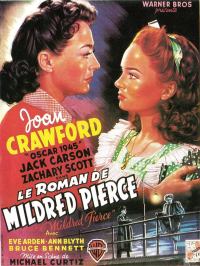




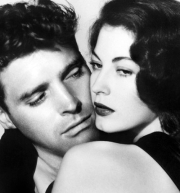




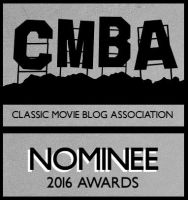








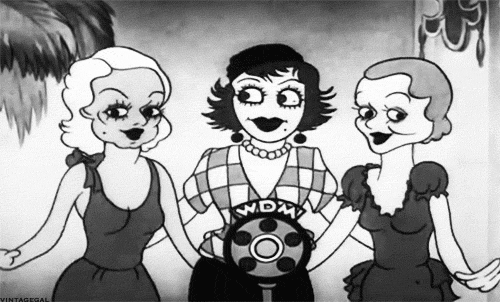
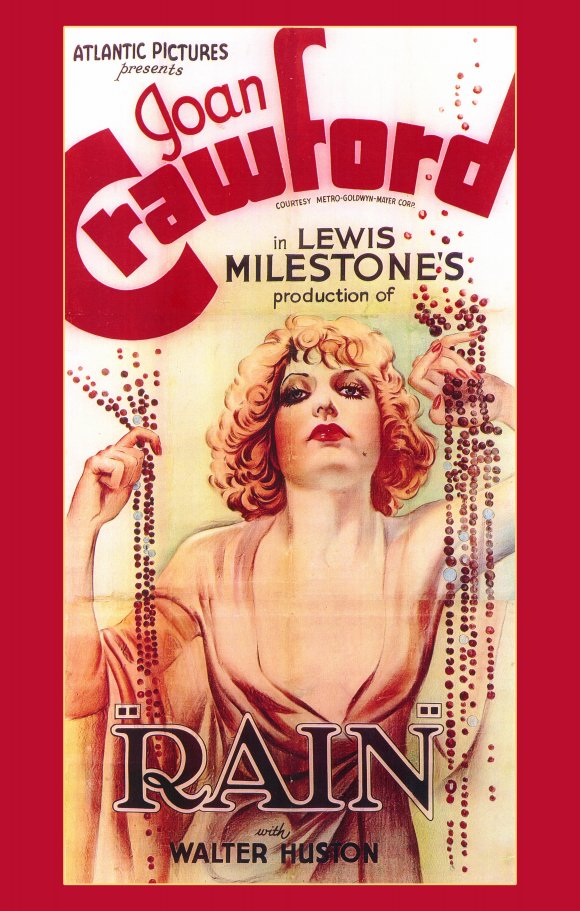

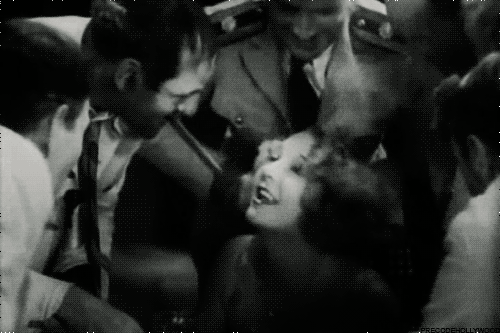
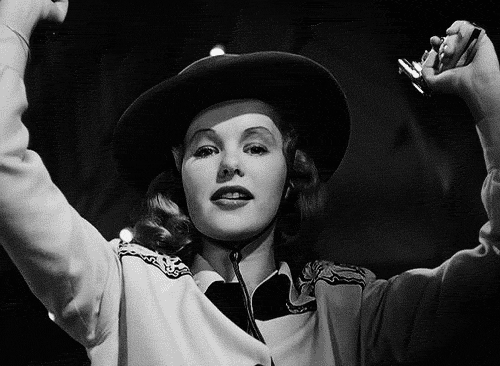

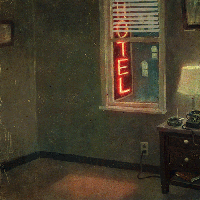
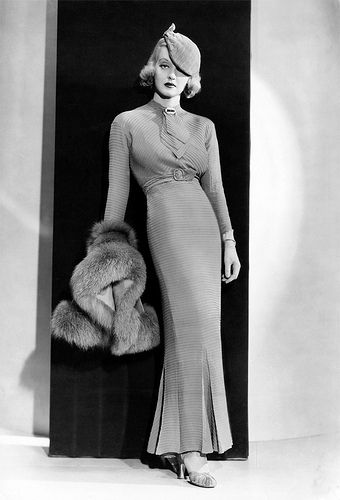


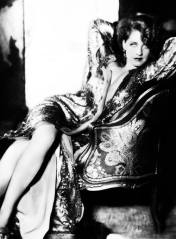
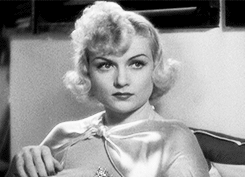





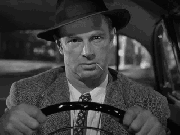
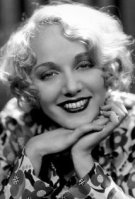
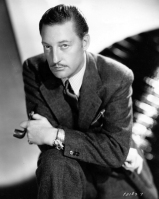
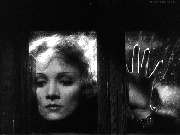


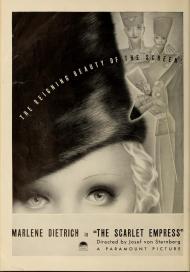
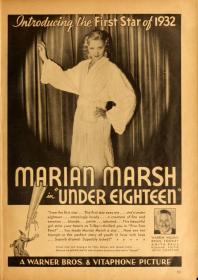
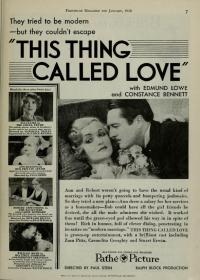


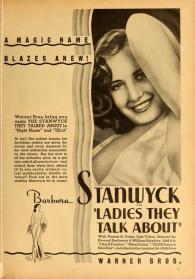


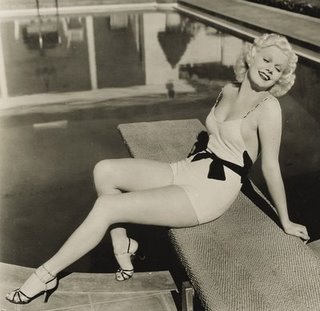




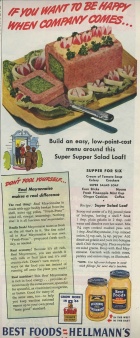
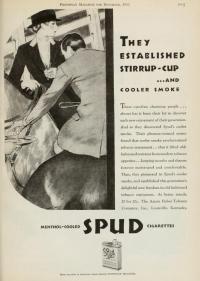

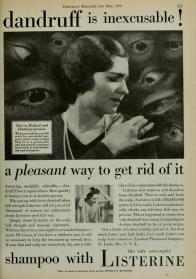
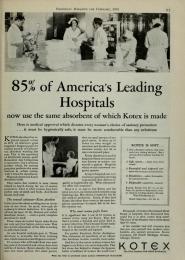
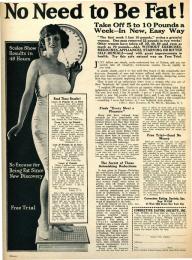


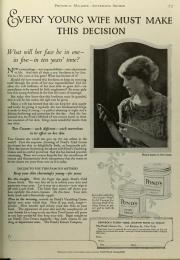
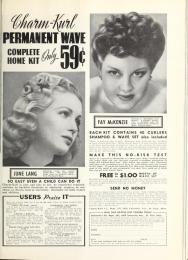
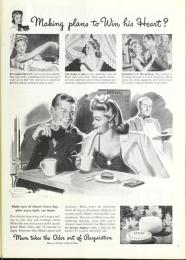


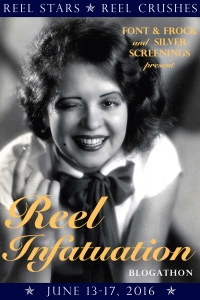

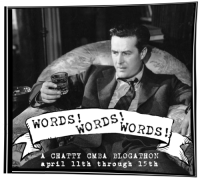

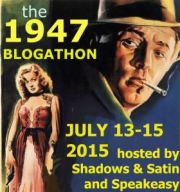
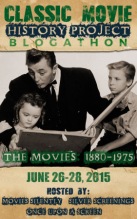


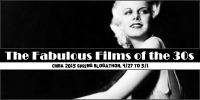
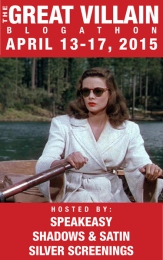

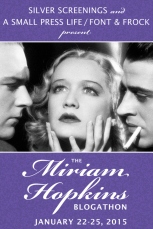
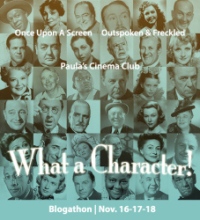
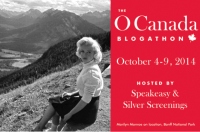



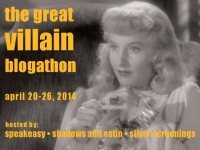
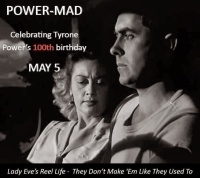


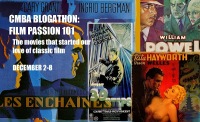






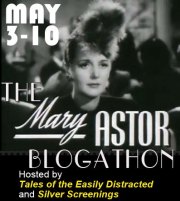


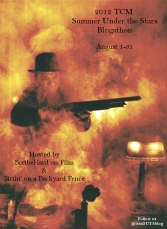


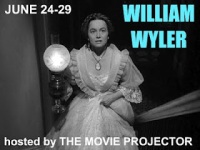

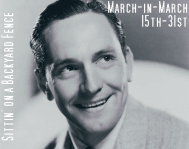
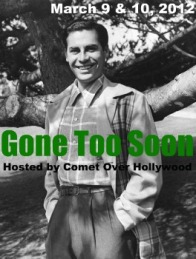


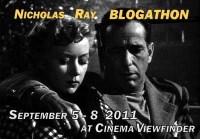

One of the things I find most exciting about Baby Face is that it actually references Nietzsche and makes the philosopher’s views a basis for Lily’s hard-boiled attitude toward getting what she wants. Pretty ballsy for a film already awash in brazen attitude! And without a doubt, this film set Stanwyck’s tough broad movie persona in semi-precious stone. She’s my favorite black and white actress, and this film is one of the many reasons.
I totally agree, Greta — the references to Nietzsche were so unusual (I think they’d even be unusual today!). And I share your fondness for Barbara Stanwyck — I’m no western fan, but yesterday I copied to DVD a movie I taped many years ago and never watched, The Maverick Queen, and I’m looking forward to watching it now, just because of Stanwyck.
[…] James Cagney, and Edward G. Robinson. Plus, it turned out a plethora of first-rate pre-Codes (like Baby Face and Employees’ Entrance) and films noirs (including Out of the Past, Born to Kill, and The […]
[…] first-rate noir and pre-Code offerings, including Safe in Hell (1931), Red-Headed Woman (1932), Baby Face (1933), Dinner at Eight (1933), Out of the Past (1947), They Live By Night (1948), The Set-Up […]
[…] of pre-Code’s best-known and most popular offerings, Baby Face stars Barbara Stanwyck as a woman from the other side of the track who quite literally sleeps her […]
[…] Baby Face (1933) […]
[…] Strangers May Kiss, Night Nurse, Safe in Hell, Red-Headed Woman, Red Dust, Three on a Match, Baby Face, and Mandalay. The author also introduced me to a few pictures with which I was completely […]